Nepal is a land of immense natural beauty and cultural diversity, but in addition, it holds a treasure of biodiversity, especially in terms of endangered herbs in Nepal. The country is crammed into the lowlands of the Terai and the high peaks of the Himalayas with several ecosystems in between to nurture more than 7,000 species of flowering plants. Among these are counted hundreds of medicinal herb species, many of which have been used for centuries in traditional healing practices such as Ayurveda, Amchi, local folk medicine, etc. These herbs are not a common health asset for local people; they are crucial to the economy of country for herbal trade.
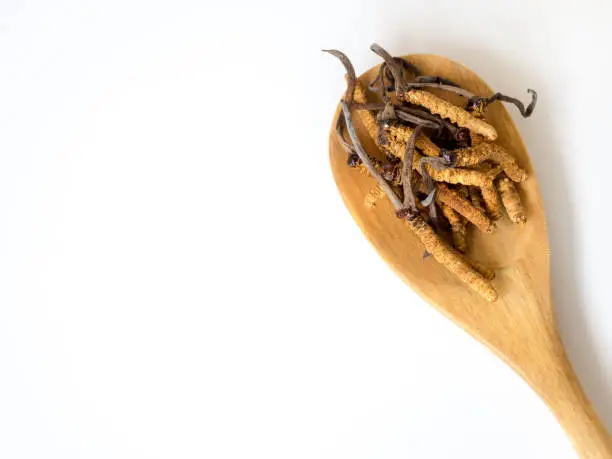
The cry for natural medicines has brought about an increase in demand, unscientific methods of harvesting and destruction of habitats, driving many of these into extinction. Other problems include deforestation and climate changes, along with unsatisfactory regulations. The precarious balance of nature that usually nourishes these herbs is thus disturbed, requiring speedy conservation efforts. Protection of such plants would not only remain an environmental concern, but also becomes an imperative necessity in terms of culture and economy. This blog critically explains seven of the most endangered medicinal herbs in Nepal, emphasizing their uses, ecological requirements, and conservation steps taken toward the future.
Top 7 Medicinal Herbs Found In Nepal
1. Yarsagumba (Cordyceps sinensis) : Medicinal Herbs of Nepal
One of the most intriguing and pricey biological products native to Nepal is yarsagumba. This parasitic fungus thrives within the caterpillar larvae’s bodies after the insect dies in high-altitude meadows of the Himalayas. This herb-fungus hybrid is regarded as a powerful medical herb in traditional Chinese and Tibetan medicine where it is thought to augment stamina, boost immunity, and even improve libido, thus the name “Himalayan Viagra.” Yarsagumba has, thus, become one among the most sought-after commodities worldwide.
Yarsagumba is found in alpine grasslands at elevations between 3000 and 5,000 meters in Nepal, including districts like Dolpa, Darchula, and Rukum. The plant requires cold, moist environments, particularly with snow during the winter and moderate temperatures during the summer. It typically begins to show up in May, harvested from May through July. The period for collecting is brief, and the denizens of the nearby villages sometimes go around to collect the herb in a congregation. Overexploitation and habitat degradation due to human activity have, however, struck this herb quite severely. It is counted as endangered herbs in Nepal.

The conservation initiatives for Yarsagumba are burgeoning through regulated collection permits, community-based monitoring, and awareness programs on sustainable harvesting methods. Some local governments have started to put into practice rotational harvesting and community conservation areas. However, enforcement remains a significant challenge in remote areas. Future prospects will depend on the trade-off between economic gain and ecological conservation-increased cultivation and research might reduce pressure on the wild populations that still benefit the local economies.
3. Jatamansi (Nardostachys grandiflora) : Endangered Herbs in Nepal
Another endangered herbs in Nepal is Jatamansi. A long-term aromatic herb, Jatamansi is valued for its essential oil, which is much used in the Ayurveda and cosmetic industries. The rhizome of the plant has relaxing and sedative effects, helpful in the treatment of anxiety, insomnia, and certain mental disorders. Jatamansi is also an important ingredient used ceremonially and as a base for natural perfumes and incense. The herb is used in powdered form or in oil infusion by traditional healers to treat disorders of the nervous system and skin.
It grows in the alpine and subalpine zones between 3,000 and 5,000 m, mainly in Jumla, Humla, and Dolpa regions. Jatamansi prefers wet, well-drained soil and cold conditions. Harvesting normally occurs between August and October, which is believed to be the time of maturity of the plant and enhancement of aromatic oils in grains. The excess harvests of Jatamansi have continued without appropriate management due to the increasing demand, causing a drastic decline in its natural populations.
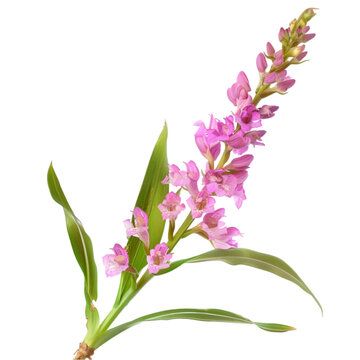
Several conservation programs now emphasize in situ as well as ex situ approaches, including cultivation of Jatamansi under community forests. The government and other NGOs have sought to promote organic farming and local participation for sustainable utilization. Awareness programs have educated the harvesters to preserve root stocks for regrowth. If these activities go on and are scaled further, Jatamansi could potentially bounce back in its population level and lessen its pressure on wild harvesting.
3. Kutki (Picrorhiza kurroa) : Endangered Herbs in Nepal
The bitter root of small herbaceous plant called ‘Kutki’ is commonly used for liver disorders, fever, and respiratory diseases in Ayurveda. It has been said to work as a hepatoprotective herb and prescribed for jaundice, hepatitis, and problems in digestion. Because it offers the cooling properties, it is useful in detoxifying and rejuvenating formulations.
It is found in high-altitude alpine meadows, 3000 to 4500 m above sea level, in the particular districts of Mugu, Jumla, and Mustang. It prefers rocky and well-drained soils of climatic conditions that are generally cool. The harvesting period is about August to September when the roots are matured. Kutki has a particular microclimatic condition requirement which makes it a type of sensitive plant to environmental changes resulting from less snow and grazing increased.
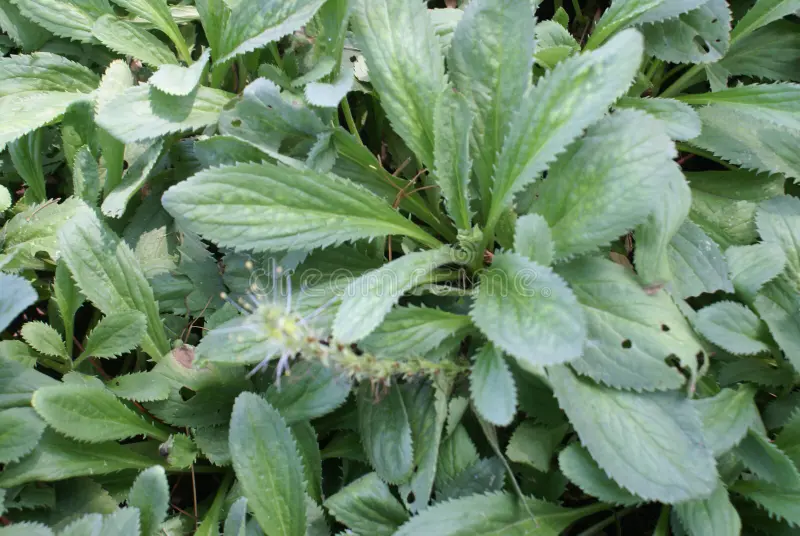
The herb has become endangered in Nepal because of unplanned and rampant harvesting. Conservation methods to save the herb include establishing community nurseries and training on farming practices by local governments and NGOs. There are attempts to incorporate Kutki into the agroforestry system too. Continued studies over propagation and improved licensing will facilitate easier cultivation of the herb, which will be instrumental in its revival and preservation. It is one of the endangered herbs in Nepal.
4. Satuwa (Paris polyphylla) : Endangered Herbs in Nepal
Satuwa is an indigenous medicinal herb with multiple therapeutic properties is one of the endangered herbs in Nepal. Traditionally, it is administered in the treatment of fever, wounds, snakebites, and other gastrointestinal complications. Modern herbal pharmacology studies have begun to investigate the anticancer and anti-inflammatory effects of its saponins. Farmers of traditional medicine grind into powders or decoctions its tuberous roots.
It grows in temperate and subalpine forests of Nepal, from 1,800m to 3,600m altitude. Under forest cover, Satuwa thrives in loamy and humus-rich soils, especially in districts like Sindhupalchok, Rasuwa, and Dolakha. The plant emerges in late spring and is harvested in August and September. Since the plant is slow to reproduce and has specific habitat requirements, populations are easily prone to threats like overharvesting and clearing of forests.
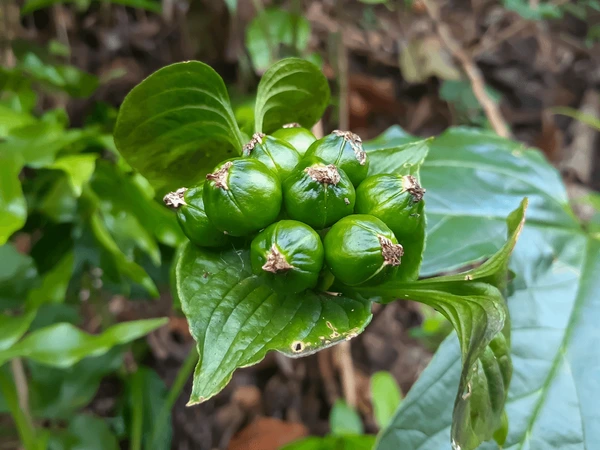
Due to these conservation issues, local communities have initiated controlled cultivation and seed banking programs. The forest user groups are also actively monitoring wild populations and enforcing harvest restrictions. Awareness among the wider community about the ecological role of Satuwa is crucial to its survival. With effective conservation measures, Satuwa could serve as a livelihood source for local communities and an economically important species.
5. Chiraito (Swertia chirayita) : Endangered Herbs in Nepal
The Chiraito plant, a bitter herb for fevers, colds, malaria, and stomach disorders, is used traditionally. Besides, Chiraito has anti-inflammatory and blood-purifying attributes, being used popularly both in Ayurveda and in traditional Nepalese medicine. Adio either boiled down to decoctions or dried and powdered form in herbal mixtures comprises this herb.
Chiraito is usually found in hilly regions between an altitude of 1,500 and 2,700 meters or 4,920 to 8,850 feet around, like Ilam, Taplejung, and Sankhuwasabha. These live in slightly acidic soils in moist, shady situations. Most of the time, they are planted in March-April and harvested September-November in chiraito cultivation. This has made it easily accessible and thus overharvested in the wild.
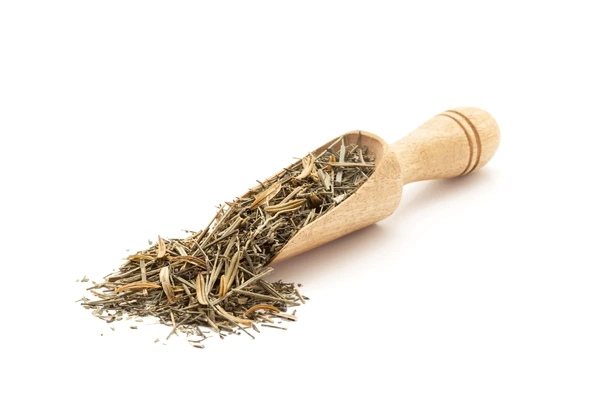
Protection efforts have been made for Chiraito through the large-scale cultivation of it, mostly by government-run agricultural programs that would encourage the growing of herbs. It has also been included in protected species lists and restricted from exports to help limit international trading. The horizon of the future for Chiraito lies in scaling up cultivation efforts and integrating such within agroforestry models to relieve wild populations from stress. Chiraito is one of the medicinal herbs in Nepal.
6. Panch Aule (Dactylorhiza hatagirea) : Endangered Herbs in Nepal
Generally, Panch Aule is a term used to refer to several species of the Aconitum genus, which are well known for their potent alkaloids, though toxicity has been reported with these herbs. They are used in minute, processed doses in traditional medicines for pains, fever, and neural disorders. These plants must be very careful in their processing, as they are poisonous, but they are used by traditional medicine healers for many purposes.
This group of plants usually grows in the high altitude zone at more than 3,000 meters, and in areas like Manang, Mustang, and Dolpa. It grows well under moist shady slopes in cool temperatures, flowering being between July and September. The flowering is harvested at the end of summer after flowering. Their effectiveness makes Aconitum species highly sought after- both legally and illegally- which renders them highly vulnerable to overharvesting.
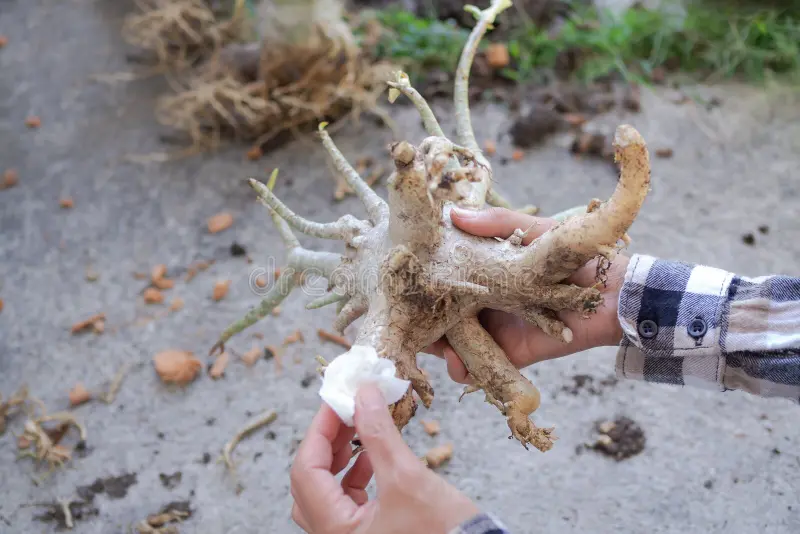
Owing to these high risks, several species of Aconitum have been included in CITES and protected flora of Nepal. Conservation measures are awareness campaigns on the dangers of unregulated trade along with cultivation trials in safe environments. Balancing the medicinal use and safety will play a significant role in the future of these species. Proper identification and handling training will be essential in preserving their legacy while preventing misuse. It is one of the medicinal herbs in Nepal.
7. Timur (Zanthoxylum armatum) : Endangered Herbs in Nepal
Timur is an aromatic shrub famous for its culinary and medicinal functionality. Dried fruits are used for the cure of toothache, cold, and digestive disorders. In a typical Nepalese kitchen, Timur is an indispensable spice, especially in hill regions. It is yet another concern, with regard to its commercial applicability, for essential oil extraction.
Timur is found in numerous mid-hill climate zones ranging from 900 to 2000 meters elevation, and the actual distribution in Nepal includes districts like Dhading, Lamjung, and Tanahun and is one of the medicinal herbs in Nepal. It thrives well on dry slopes and edges of the forest with a temperate climate. The flowering of the plant is observed between March and May, while the fruits are harvested from August to October. Lately, because of increasing market demand combined with the absence of cultivation, this wild plant has begun to decline heavily.
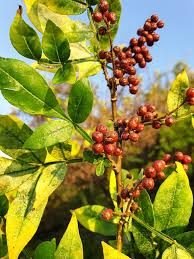
Community forestry programs have started planting Timur as a simultaneous sustainable alternative to wild collection. Farmers are also being encouraged to cultivate Timur in their fields for income and conservation. With backing from herbal industries and the regulation of government policy, Timur may serve as a model for herb-based agro-enterprise. The future is quite promising if the ongoing conservation strategy is kept evolving.
Conservation Efforts and Future Prospects for Endangered Herbs in Nepal
Preserving endangered herbs in Nepal requires a rather multifaceted approach, including local community involvement, government initiatives, and international cooperation. Important elements of the conservation efforts are establishing protected areas, ensuring sustainability in resource harvesting, and raising awareness of the typology of biodiversity-important resources.
In fine, though fragile into enduring extinction, the herbs of Nepal have every reason to take heart in the burgeoning conservation measures and growing awareness regarding the importance of the herbs. Preserving the herbs not only ensures the survival of biodiversity, but also sustains age-old healing traditions and their cultural relevance. Concerted actions today can ensure that these wonders of botany continue thriving in some of the most majestic landscapes in Nepal.
Final Thoughts : Medicinal Plants of Nepal
Nepal’s endangered medicinal herbs are not only plants, but also living legacies of ancient knowledge, natural resilience, and community well-being. The challenges they face stem from human activities pestering the environment; but so are the solutions. A balance can be restored through sustainable harvesting, cultivation programs, legal protection, and awareness. Conservation should involve local communities as primary stakeholders, with scientists and policymakers acting as their allies.
The journey to saving these herbs is not an easy one, but important nonetheless. If we act now, we can save not only Nepal’s rich botanic heritage but also give future generations the benefits of natural medicine, sustainable incomes, and a thriving ecosystem. Let’s not wait for these treasures to be out of reach—let’s preserve them now!

